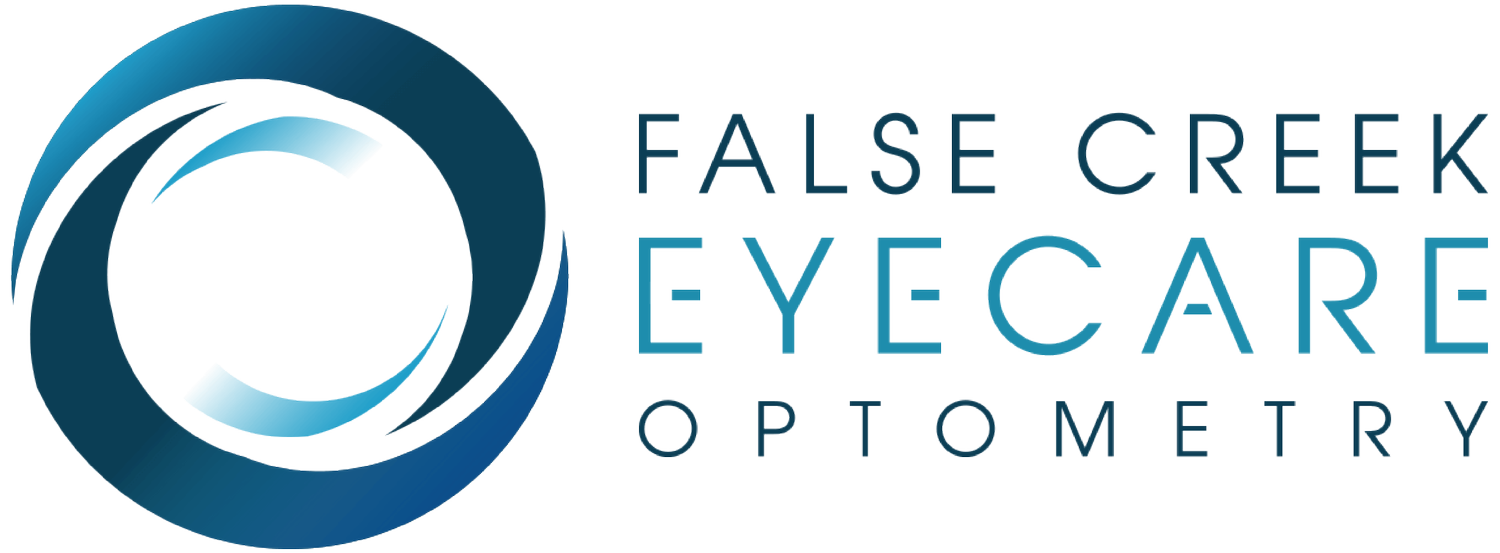What is Keratoconus, EBMD and Fuch’s Dystrophy?
Most Common Corneal Dystrophy: Epithelial Basement Membrane Dystrophy, Fuchs’ Dystrophy, Keratoconus
Imagine looking out into the world and seeing everything through a foggy or blurry lens. That's the reality for people with corneal dystrophies, a group of rare genetic diseases affecting the cornea – the clear front of your eye.
This blog post will focus on the most common corneal dystrophies, including epithelial basement membrane dystrophy, Fuchs' dystrophy, and keratoconus. It will also explore their causes, symptoms, and available treatments, so you can better understand and manage these conditions.
What are corneal dystrophies?
The cornea, the transparent front layer of the eye, is crucial for clear vision. Corneal dystrophies are a group of eye diseases that involves changes in this essential part of the eye. These conditions can affect the cornea's structure and function, leading to vision impairment or loss.
There are many types of corneal dystrophies, each with its unique symptoms, but all of them have one sign in common – a buildup of foreign material in one or more layers of the cornea. This buildup can cause your vision to become cloudy or blurry over time, making it harder to see the world around you.
Despite being genetic, corneal dystrophies can occur even if you're in good health and can affect both men and women equally, except for Fuchs' dystrophy, which tends to affect women primarily. These conditions often run in families and can impact both eyes, although one eye may be more severely affected.
Most common corneal dystrophies
The most common corneal dystrophies are:
Epithelial basement membrane dystrophy
Fuchs' dystrophy
Keratoconus
Epithelial basement membrane dystrophy
Epithelial basement membrane corneal dystrophy, aka map-dot-fingerprint dystrophy, is the most common corneal dystrophy, affecting the cornea's outermost layer, the epithelium, and its attachment to the basement membrane. It is most common in adults between the ages of 40 and 70.
The condition arises due to the abnormal development of the epithelial basement membrane, leading to tissue folds. The primary cause of symptoms associated with EBMD is the recurring development of corneal erosions.
Symptoms
EBMD is often asymptomatic, and many people with the condition may be unaware of their diagnosis. However, some of the common symptoms include:
Experiencing eye pain that is more severe in the morning and improves throughout the day
Feeling a persistent sensation of a foreign object in the eye
Experiencing blurred vision
Being sensitive to light
Experiencing excessive tearing
Treatment
Several treatments are available for corneal dystrophies, including eye drops, ointments, and specialized eye patches or contact lenses that can prevent the eyelid from rubbing against the cornea. Surgical interventions such as laser eye surgery or corneal transplant may be necessary in severe cases with corneal scarring or recurrent corneal erosions.
If you suspect that you may have EBMD or experience any symptoms, consulting with an eye specialist is crucial for accurately diagnosing and treating this condition.
Fuchs' dystrophy
Fuchs' dystrophy is a progressive eye disease that typically manifests symptoms in individuals aged 50 to 60. This condition affects the endothelial cells that maintain the cornea's shape and clarity. As these cells gradually stop functioning, the cornea swells and thickens, impairing vision.
Symptoms
Some of the most common symptoms of Fuchs' dystrophy include:
Increased sensitivity to light
The vision is blurred, especially in the morning, and improves as the day goes on.
Cloudy appearance of the corneas
Difficulty seeing at night
As Fuchs' dystrophy progresses, it may lead to more severe vision problems and even eye pain.
Treatment
Fuchs' dystrophy can be treated with eye drops, ointments, and special contact lenses that can alleviate the swelling in the cornea. A corneal transplant may be necessary as a treatment option in advanced cases.
Keratoconus
Keratoconus typically affects individuals in their teenage years or early adulthood. The condition causes a gradual thinning of the middle and lower areas of the cornea, resulting in a cone-like shape instead of a normal, rounded one. This abnormal curvature of the cornea can lead to various vision problems.
Symptoms
Some of the most common symptoms of keratoconus include:
Blurry vision
Itchy eyes
Sensitivity to light
Double vision
Nearsightedness
Treatment
To correct vision problems caused by keratoconus, glasses, soft contact lenses, or hard contact lenses designed to alter the cornea's shape can be used. Corneal cross-linking is also an option that can strengthen the cornea.
However, a corneal transplant may be necessary if contact lenses are uncomfortable or if keratoconus results in severe corneal scarring.
The Bottom Line
Optometry and eye care are crucial for maintaining good eye health. The definitive way to diagnose corneal dystrophy is through an eye doctor's comprehensive dilated eye exam. During the exam, the optometrist will use a slit lamp and a bright light microscope to examine your eyes for any indications of corneal dystrophies.
Regular eye exams are essential for preventing and detecting eye problems early on. Therefore, it is crucial to prioritize your eye health and schedule routine check-ups with your optometrist.
